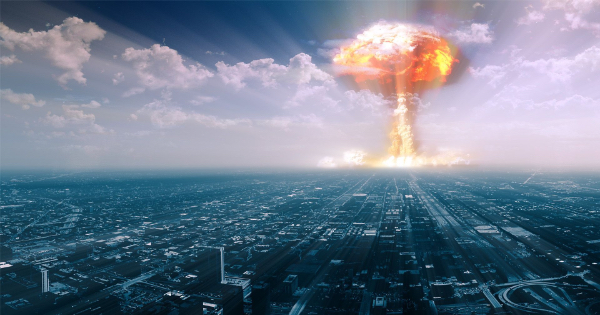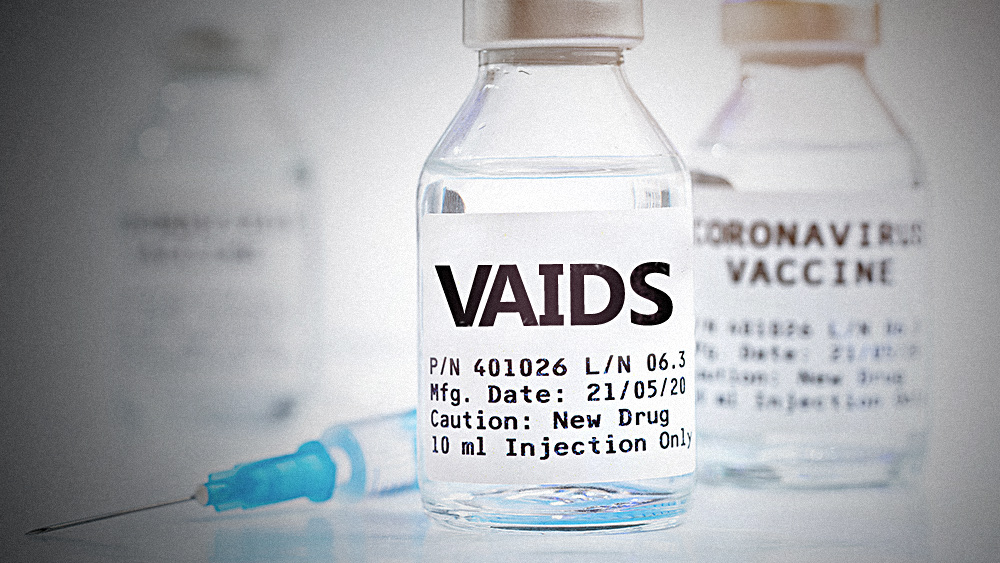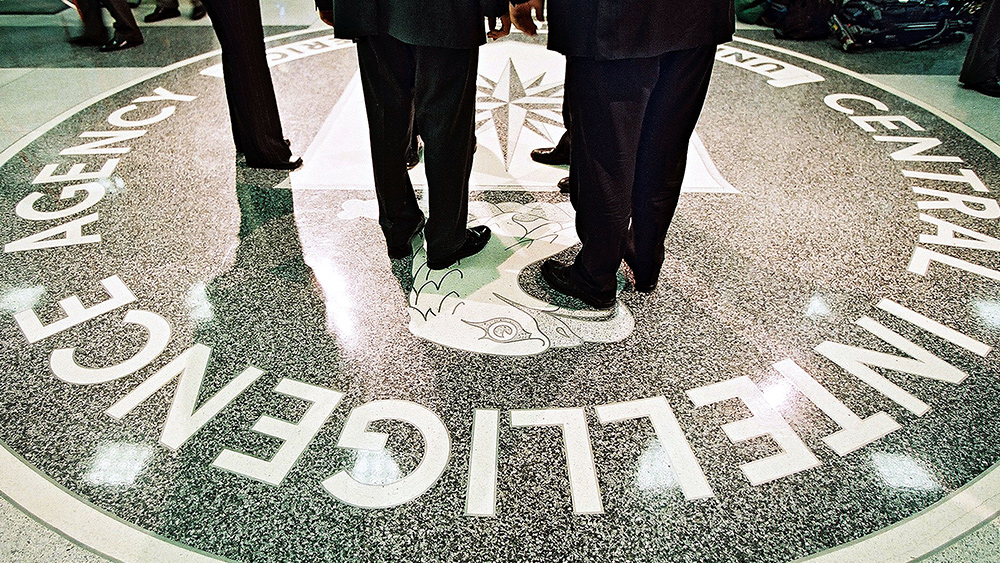NUCLEAR WAR: Radioactive fallout from attacks on U.S. ICBM silos could kill 300 million Americans
11/22/2023 / By Kevin Hughes

A new report warns that up to 300 million people in the United States alone could be killed from exposure to radioactive fallout in the first four days following a nuclear attack.
If the U.S. ends up getting attacked with nuclear weapons, its enemies would most likely focus all or most of their fire on the nation’s intercontinental ballistic missile (ICBM) launch facilities or silos to prevent a successful counterattack.
The U.S. would try to retaliate against its enemies using these silos, placed strategically out of many of the country’s major population centers in states like Colorado, Montana, Nebraska, North Dakota and Wyoming. For America’s enemies, taking them out would be the top priority.
This is what a group of scientists who wrote a special report on the U.S.’s nuclear weapons program believe. Their report, published by the outlet Scientific American, relied on the presumption that the immediate destruction of the approximately 450 ICBM silos in the U.S. would lead to massive radioactive fallout.
While the deaths from the immediate blasts would be minimal due to the low population densities surrounding the ICBMs, winds and severe weather would bring the radioactive material through the country.
90% of the population in the Lower 48 in danger of receiving deadly doses of radiation
Depending on weather conditions, up to 90 percent of the population of the lower 48 U.S. states would be in danger of receiving deadly doses of radiation. (Related: Is the federal government preparing Americans for a nuclear attack?)
The scientists worked with researchers at Princeton University‘s Program on Science and Global Security and found that in the first four days after the approximately 450 ICBM silos are struck, between 340,000 and 4.6 million people would die, with simulations suggesting an average death toll of around 1.4 million.
In the long-term, the scientists predicted that 300 million people would be at risk of receiving a fatal dose of fallout.
This study comes just as the U.S. Air Force announced a $1.5 trillion program to replace the country’s Minuteman III ICBMs, which have been in operation since the height of the Cold War with the Soviet Union in the 1970s.
Replacing the Minuteman III would be the more modern LGM-35 Sentinel ICBM, which is expected to be in operation beginning in 2029. The Sentinel is believed to carry an equivalent explosive power of 800 kilotons of TNT and is expected to reach up to 6,000 miles and be capable of striking any target around the globe within 30 minutes.
The Princeton researchers pointed out that the U.S. Air Force has assessed the potential effects on humans and the environment of deploying a Sentinel ICBM. However, this assessment did not mention what would happen to people and the environment in the U.S. if the missiles were detonated in their silos.
The researchers concluded their report by making it clear that “a nuclear war cannot be won and must never be fought.”
“To this end, the best deterrent to adversary initiation of nuclear war against the United States or its allies or partners is a safe, secure and effective nuclear deterrent and strong and credible extended deterrence.”
Follow NuclearWar.news for more news about the imminent nuclear attack in America.
Watch the video below about NYC’s Emergency Management Nuclear War Preparedness announcement.
This video is from the Cynthia’s Pursuit of Truth channel on Brighteon.com.
More related stories:
FEMA map shows areas most at risk of being targeted by nuclear warheads in a war.
Brannon Howse shares tips on how Americans can SURVIVE a nuclear attack.
Sources include:
Submit a correction >>
Tagged Under:
big government, chaos, Collapse, Dangerous, disaster, ICBM, intercontinental ballistic missiles, military tech, national security, nuclear, nuclear attack, nuclear fallout, nuclear war, panic, radiation, radioactive fallout, real investigations, SHTF, simulations, weapons technology, World War III
This article may contain statements that reflect the opinion of the author
RECENT NEWS & ARTICLES
COPYRIGHT © 2017 REAL INVESTIGATIONS NEWS





















